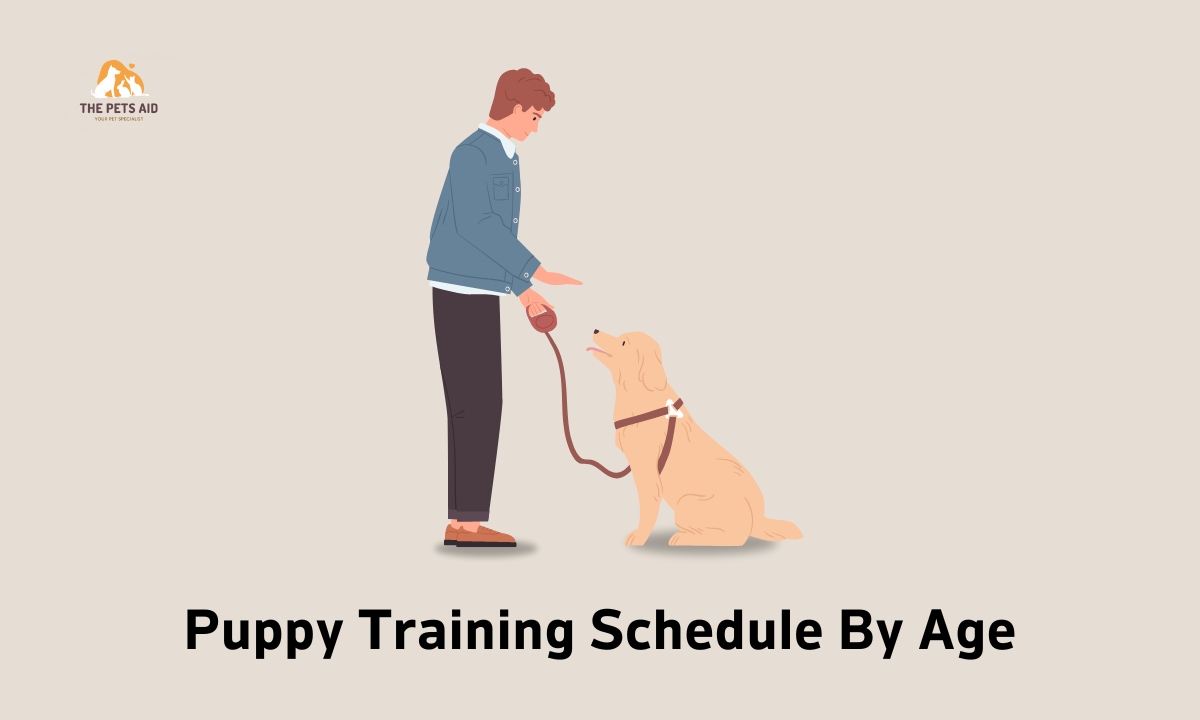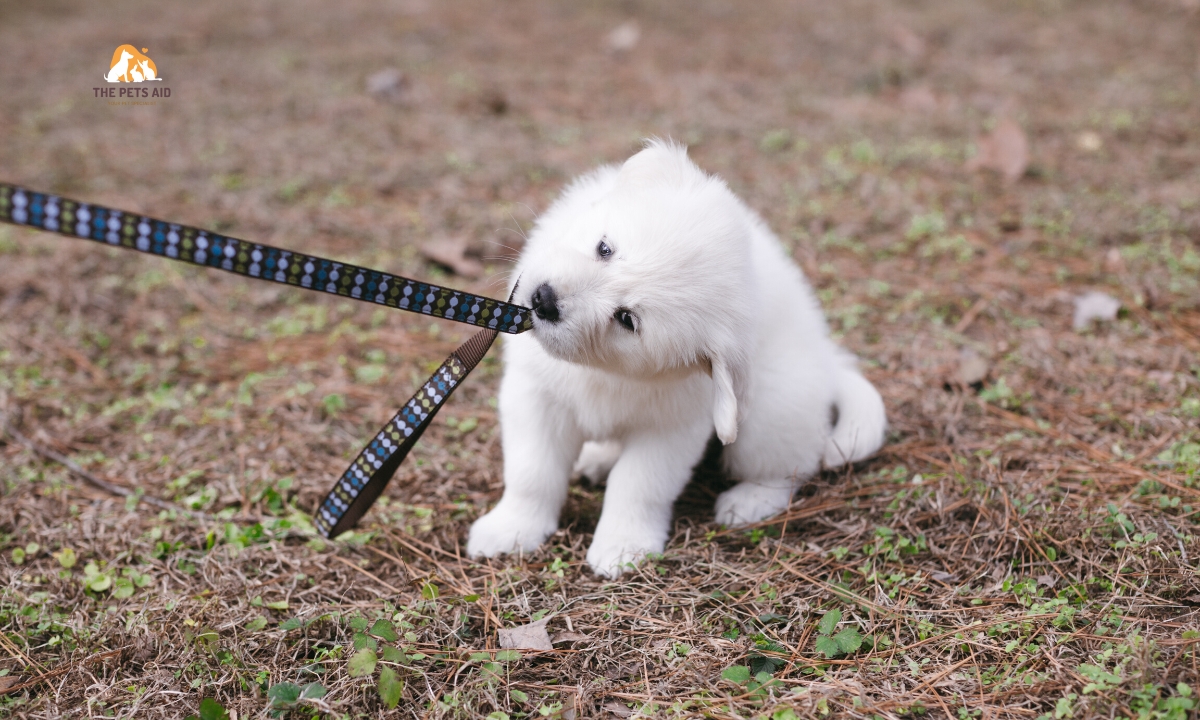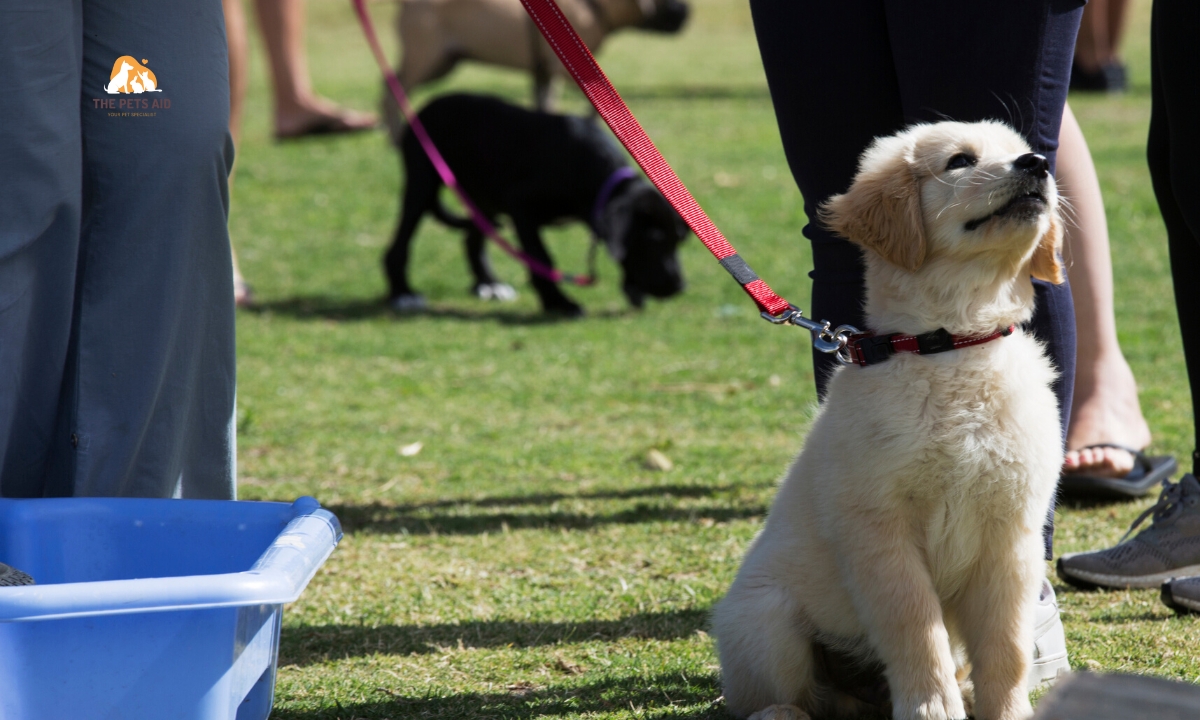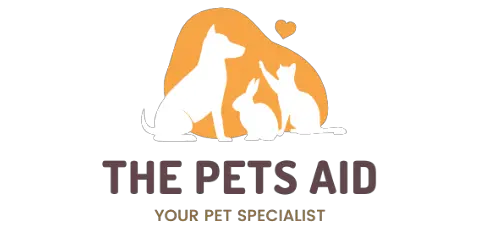Bringing home a new puppy is an exciting and joyful experience. They quickly capture our hearts, from playful antics to adorable puppy eyes. However, it’s essential to remember that puppies require proper training and guidance to become well-behaved and obedient adult dogs. One key aspect of raising a puppy is following a training schedule tailored to their age and developmental milestones.

Puppy Training Schedule By Age
Did you know that your puppy’s brain is fully developed by the age of seven weeks? That means that by the time they’re ready to come home with you, they’re ready to start learning. Here, we’ll outline a puppy training schedule by age to help you give your puppy the best start possible.
8 Week Old Puppy Training Schedule
Most puppies come home to their new families around the eight-week mark. At this age, focusing on relationship-building and bonding with your puppy is important. While specific skill training is not the main focus yet, there are some natural training opportunities you can take advantage of during this time:
- Hand-feeding: Use mealtime as an opportunity to hand-feed your puppy. This helps build a positive association with you and reinforces their name. Say their name and then feed them. Repeat this process to build value and recognition of their name.
- Use verbal markers: Introduce the word “yes” as a verbal marker to let your puppy know when they’ve done something right. Start building value by using “yes” and immediately rewarding them. This will help in future training sessions.
- House line: Use a house line or leash to supervise your puppy when they’re exploring open spaces. This allows you to redirect them if needed and keep them out of trouble.
- 100% supervision: Ensure your puppy has 100% supervision when they’re out of the crate or kennel. Be there to provide them with good information and help them adjust to their new environment.
- Crate training: Start training your puppy to love its crate. Use it as a management tool to prevent accidents and teach them to view the crate as a safe and comfortable space.
- Potty training: Begin house training or potty training from the first week. Take your puppy outside after meals, play sessions, and naps to minimize accidents. Supervise them closely and use baby gates to restrict access to areas where they may have accidents.
- First nights in the crate: Elevate the crate to the line of sight, making it easier for your puppy to see you. Take them out for potty breaks at night and ensure they’re comfortable and secure.
9 Week Old Puppy Training Guide

At nine weeks old, your puppy’s second week home, you can focus on increasing confidence and building reliable responses. Here are some tips for this stage:
- Continued natural training opportunities: Continue hand-feeding and reinforcing their name. Build value by saying their name and rewarding them consistently.
- Luring exercises: Start guiding your puppy with deliberate hand motions using food as a lure. Teach them simple commands like spinning in a circle or going through your legs. Gradually increase the challenge and reward their responses.
- Collar handling: Get your puppy comfortable with collar handling. Gently reach for their collar when rewarding them to associate positive experiences with collar touching. Practice handling their collar from different angles.
- Increased supervision: As your puppy becomes more active and curious, increase supervision using a house line to prevent them from getting into trouble.
10-16 Week Old Puppy Training Guide
During this learning stage, you can follow a formula for teaching your puppy new skills. Here’s how you can teach commands using the sit command as an example:
- Command stimulus reward: Use the command, stimulus, and reward formula. Say the command “sit,” lure your puppy into the sitting position, and then reward them. Repeat this process consistently for at least a week.
- Gradual progression: After a week of successful repetitions, remove the treat from your hand but maintain the same lure motion. Continue saying the command, luring your puppy into position, and rewarding them.
- Increase challenge: Increase the challenge by gradually reducing the lure or using no lure at all. Focus on using clear hand signals and rewarding your puppy for correct responses.
- Test your puppy: Occasionally test your puppy’s response to the command without using a lure. Praise and reward them when they respond correctly. If they struggle, return to a previous step and reinforce the behavior.
Puppy Handling Training

Handling exercises are crucial for building trust, teaching calmness, and allowing you to touch different body parts. Here’s a step-by-step guide for handling your puppy:
- Relaxation position: Start by relaxing your puppy, such as a down position on one side. Reward and praise them for being calm and settled.
- Touching body parts: Touch different body parts gently, such as their paws, collar, and ears. Reward and praise your puppy for allowing handling and making it a positive experience.
- Mouth handling: Gradually introduce mouth handling by lifting their lips to see their teeth and opening their mouth briefly. Reward and praise them for accepting the handling.
Teaching Your Puppy Their Name
Teaching your puppy to respond to their name reliably is essential. Here’s a step-by-step approach:
- Name association: Call your puppy’s name and immediately lure them with a treat. Repeat this process consistently, reinforcing the association between their name and reward.
- Increased challenge: Introduce distractions or motion while calling your puppy’s name. Start by calling their name when they’re engaged in a low-level activity, and gradually increase the distractions. Reward them when they respond to their name, even in the presence of distractions.
- Reinforcement and repetition: Practice calling your puppy’s name regularly throughout the day. Make it a positive experience by rewarding them with treats, praise, and attention when they respond. Consistency and repetition are key to reinforcing their name recognition.
Socialization and Exposure
.jpg)
Socialization is a critical aspect of puppy training. During the 10-16 week age range, focus on exposing your puppy to various people, animals, environments, and situations. Here are some tips:
- Positive experiences: Introduce your puppy to new experiences in a positive and controlled manner. Expose them to different sounds, surfaces, objects, and environments. Use treats and praise to reward their calm and confident behavior during these exposures.
- Puppy socialization classes: Enroll your puppy in a well-managed puppy socialization class. These classes provide structured socialization opportunities with other puppies and guidance from professional trainers.
- People interaction: Encourage your puppy to interact with different people, including children, adults, and individuals wearing hats or glasses. Ensure these interactions are positive and gentle.
- Animal interactions: Gradually introduce your puppy to other animals in a safe and controlled environment. Start with calm and well-behaved dogs and gradually expose them to different animals like cats, birds, or small mammals.
Video: Puppy Socialization Guide
Conclusion
Remember, each puppy is unique, and their training progress may vary. Be patient, consistent, and use positive reinforcement techniques. If you encounter any challenges or have specific concerns, consult a professional dog trainer or behaviorist who can provide personalized guidance for your puppy’s training needs.

